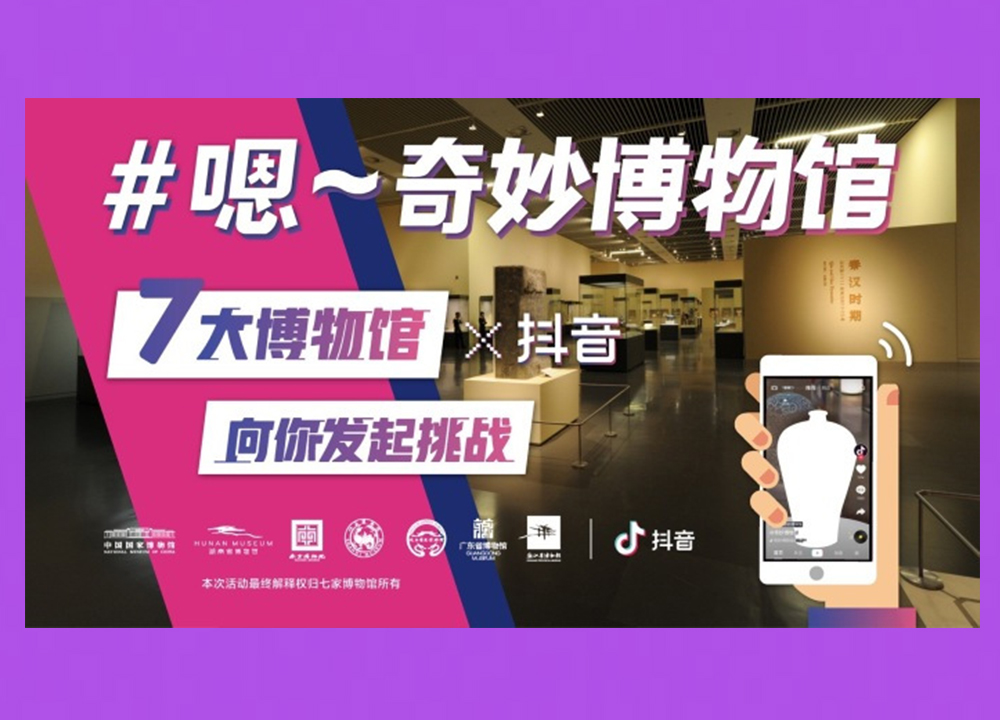Live streaming has emerged as China’s preeminent digital trend in 2020.
From Beijing’s trendiest art museums to Lhasa’s sixth century palace, real-time broadcasting swiftly became an essential communication tool under coronavirus-imposed lockdown. The practice has continued as cultural spaces across China have reopened, turning a trend into a long-term engagement channel.
Here, in the first installment of a two part feature, JT breaks down China’s major live streaming platforms with ambitions in the cultural sphere.
Bilibili
The community-focused platform with cult status among Millennials and Gen-Zers.
Bio
Launched in 2010, Bilibili has become China’s digital home for anime, comic, and gaming subcultures. Less commercial and more interactive than its video platform peers, it has 172 monthly active users 78 percent of whom are aged 18 to 35. The platform is known for its bullet comments through which viewers flood the screen with real time commentary. Live streaming has been available since 2015.
Cultural Connections
Rooted in platforming user-generated cultural content, it’s branched out since listing on the NASDAQ and recent collaborations with BBC, Discovery Channel, ITV, and NHK have made it a documentary hub. During lockdown Bilibili has live streamed the five-day Strawberry Z music festival and Shanghai’s “Music in the Air” classical festival.

Image: bilibili.com
Douyin
The young rebel rouser platforming China’s silliest viral videos.
Bio
Tech giant ByteDance introduced the short-video app in 2016 and its international version, TikTok, a year later. Douyin’s authentic, homespun content has driven spectacular growth, it reached 400 million users in 2020, a year-on-year increase of 60 percent. Although Douyin remains dominated by Gen Z users, around 60 percent of whom are female, the platform’s demographics are evening out in tandem with ByteDance’s push to broaden appeal and increase content quality.
Cultural Connections
ByteDance explicitly aspires to turn Douyin into China’s largest knowledge, culture, and art platform. In 2019, 15 million so-called knowledge-based content videos were shared. Since 2018, Douyin has collaborated with prominent Chinese museums to celebrate International Museum Day. This year, nine museums hosted live stream tours as part of its “At Home Cloud Museums” initiative.

Image: Douyin.com
Kuaishou
China’s original short-video app with deep reach in lower tier cities.
Bio
Since 2011, Kuaishou has hosted some of China’s most bizarre and daring video-content. Having tripled its user-base to 300 million in three years, Kuaishou is now focused on rivalling Douyin by diversifying its audience away from third and fourth tier cities — currently at 55 percent. The focus rests with enhancing its live stream feature, launched in 2017, and collaborating with brands and organizations (JD.Com, World Wildlife Fund, Formula E). Tencent certainly believes; the tech giant’s backing saw Kuaishou’s valuation near $30 billion last year.
Cultural Connections
Five years ago, the prospect of Kuaishou collaborating with prestigious museums from Beijing to London would have seemed implausible. In 2020, it became a reality. The capital’s leading contemporary art space, UCCA, compensated for the cancellation of an exhibition by hosting “Sonic Cure”, an improvised live stream featuring international musicians. In August, it collaborated with the Victoria & Albert Museum for a curator-led live stream tour. Expect the cultural strategy to continue.

Image: kuaishou.com



